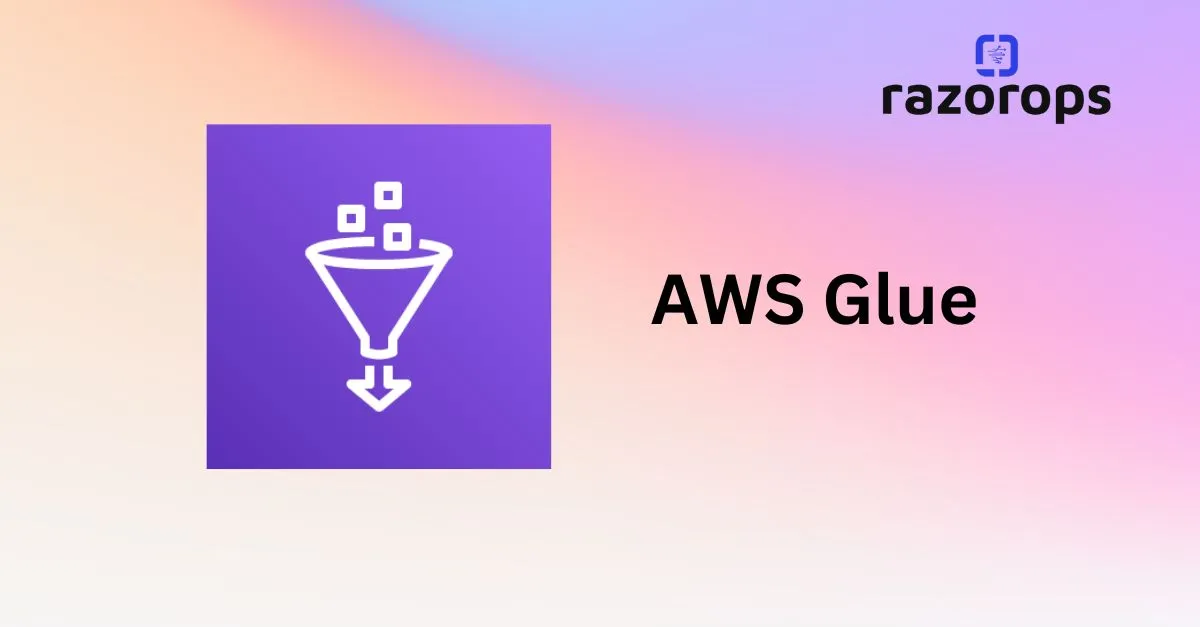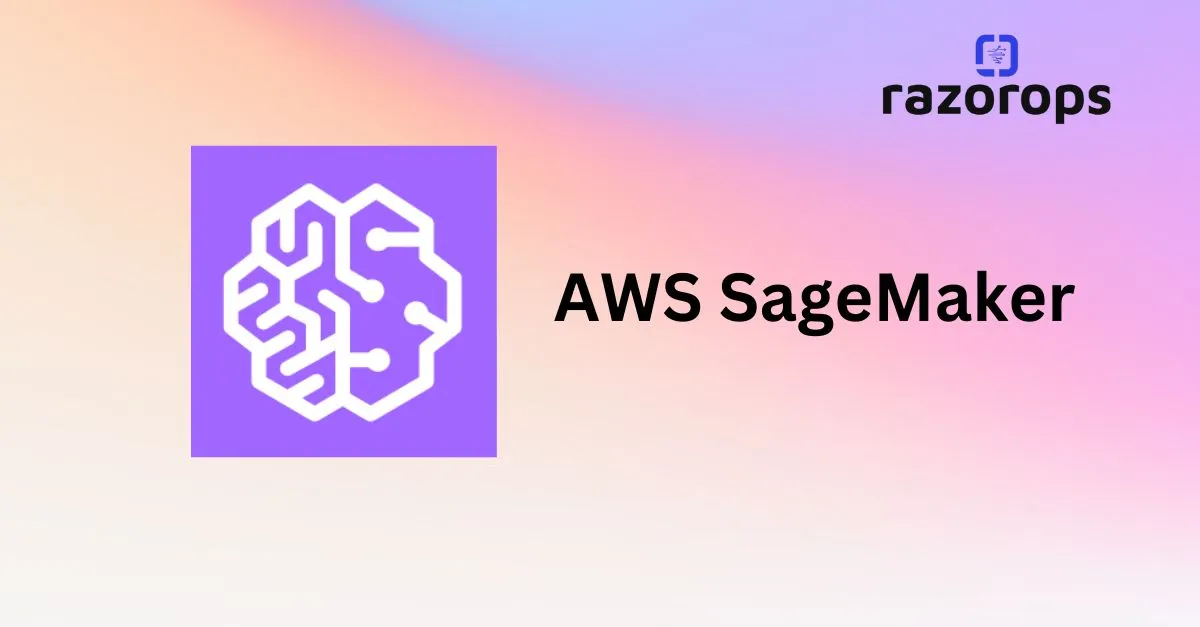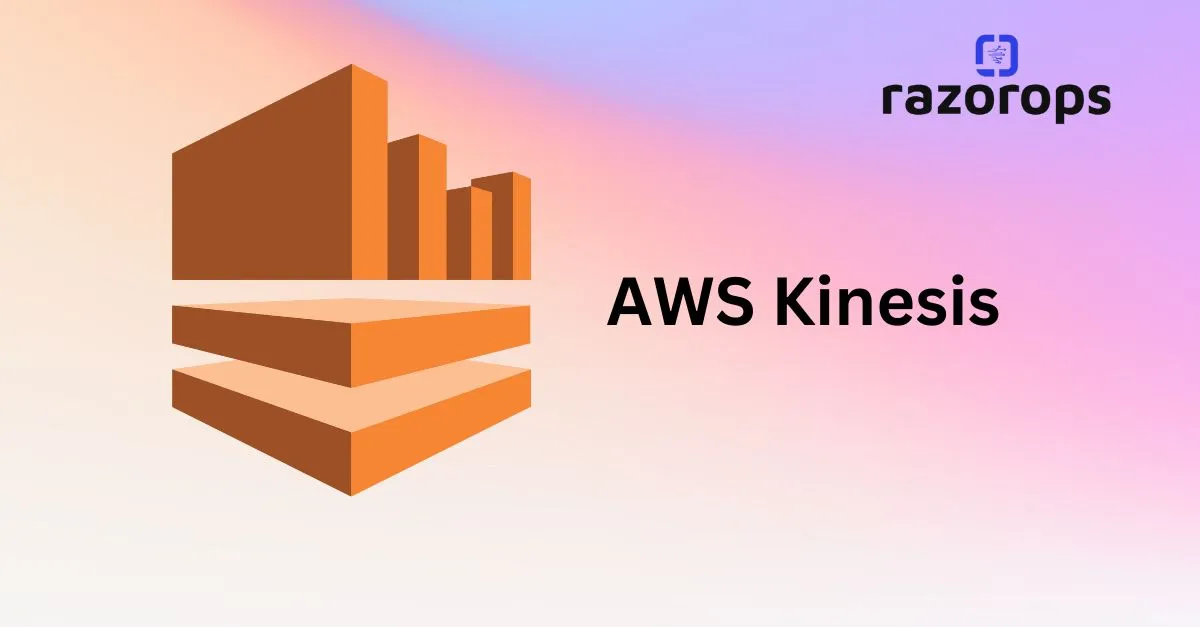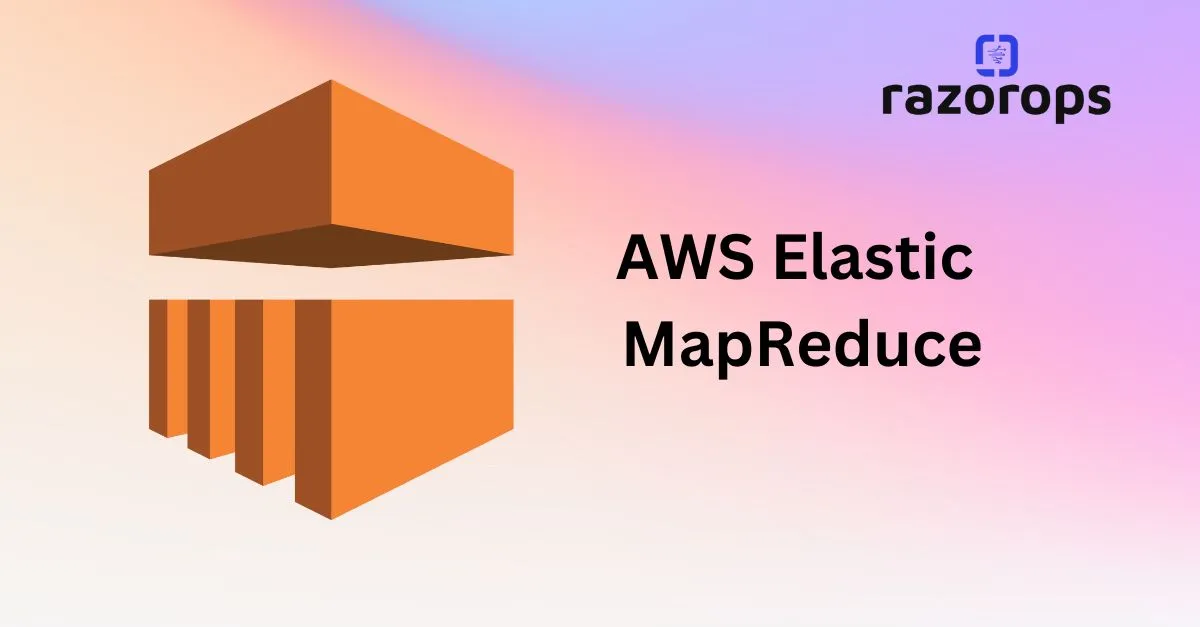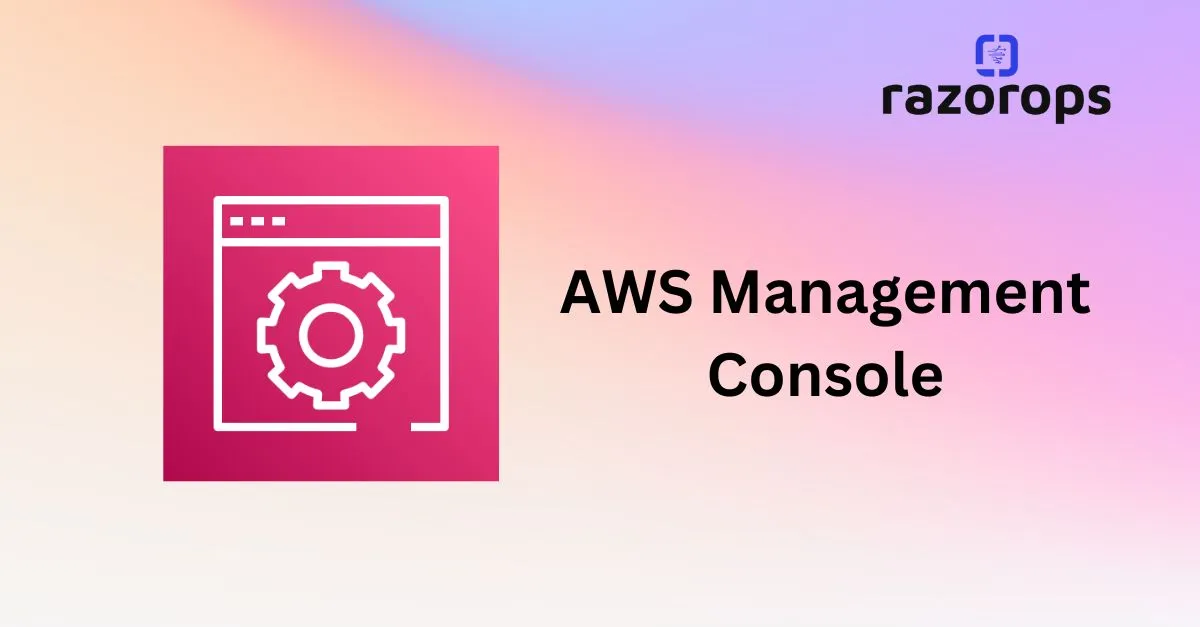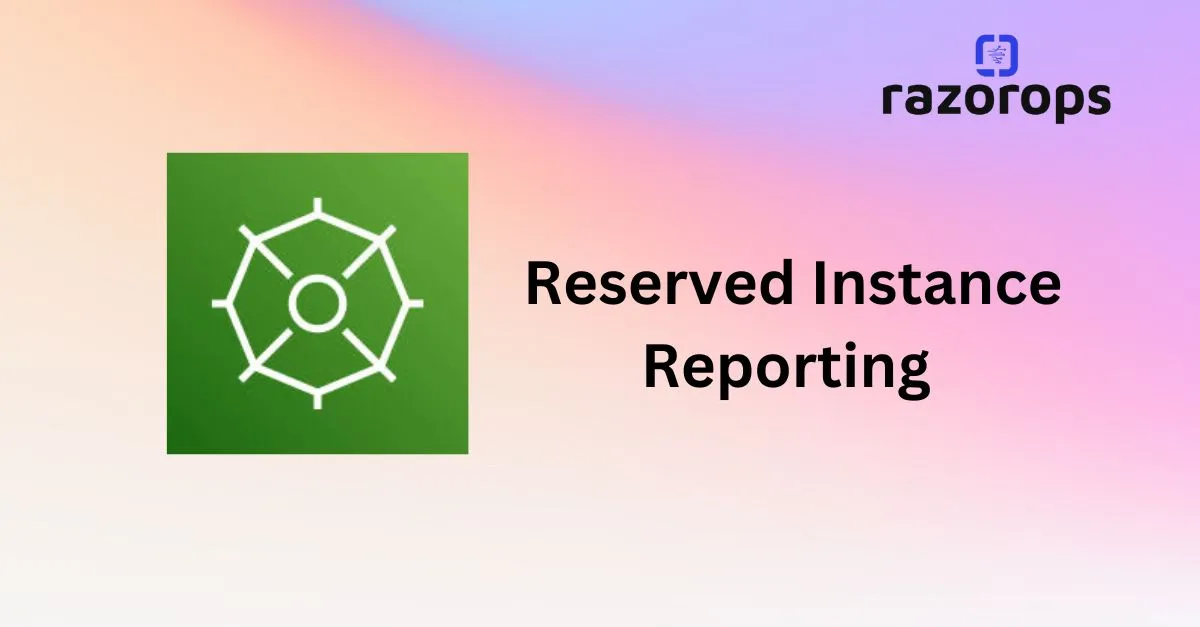AWS Web Application Firewall
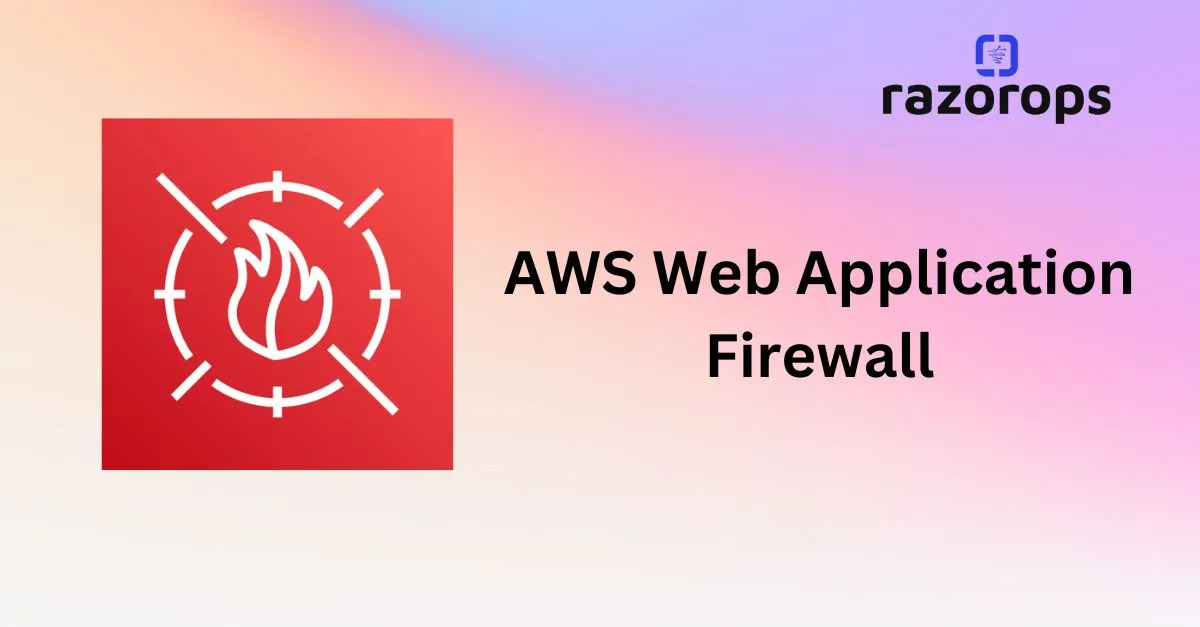
AWS Web Application Firewall (AWS WAF) is a powerful, scalable, and fully managed security service designed to protect web applications from malicious traffic.
In this blog, we’ll explore the key features, benefits, and best practices for using AWS WAF to enhance web application security.
What is AWS WAF?
AWS WAF is a cloud-native firewall service that enables organizations to monitor and filter HTTP(S) requests based on defined security rules. It helps in mitigating threats by blocking, allowing, or monitoring requests according to customizable security policies. AWS WAF integrates seamlessly with services like Amazon CloudFront, Application Load Balancer (ALB), AWS API Gateway, and AWS App Runner to provide comprehensive security coverage.
Key Features of AWS WAF
✅ Customizable Rules – Define security rules to inspect HTTP/S traffic based on IP addresses, geolocation, request headers, or body content.
✅ Managed Rules – Use AWS Managed Rules to quickly deploy pre-configured security policies without manual intervention.
✅ Bot Control – Detect and block automated bot traffic to prevent credential stuffing, scraping, and other malicious activities.
✅ Rate-Based Rules – Prevent denial-of-service (DoS) attacks by limiting the number of requests from a specific IP address within a given timeframe.
✅ Logging and Monitoring – Integrates with AWS services like Amazon CloudWatch, AWS Security Hub, and Amazon Kinesis Firehose to provide real-time security insights.
✅ Scalability and Cost Efficiency – Pay-as-you-go pricing with the ability to scale security policies as your application traffic grows.
How AWS WAF Works
AWS WAF operates by evaluating incoming HTTP/S requests based on a set of predefined Web Access Control Lists (WebACLs) and rules.
1️⃣ Request Inspection – AWS WAF inspects incoming requests based on the defined security rules.
2️⃣ Rule Evaluation – The firewall checks the request against allowlists, blocklists, or rate-based rules.
3️⃣ Action Execution – Depending on the rule evaluation, AWS WAF either allows, blocks, or counts the request for monitoring purposes.
4️⃣ Logging & Analytics – Requests are logged and analyzed in AWS services for better visibility and threat intelligence.
Use Cases of AWS WAF
📌 Prevent SQL Injection & XSS Attacks – Use AWS Managed Rules to block injection-based attacks.
📌 DDoS Mitigation – Protect against volumetric attacks with AWS Shield Advanced and rate-based rules.
📌 Bot Traffic Control – Detect and filter out bad bots using AWS Bot Control.
📌 Protect APIs & Microservices – Secure APIs deployed on Amazon API Gateway or Application Load Balancer (ALB).
📌 Geolocation-Based Access Control – Block or allow access from specific countries.
Best Practices for AWS WAF Implementation
✅ Use AWS Managed Rules – Reduce security overhead by leveraging AWS’s pre-configured rulesets.
✅ Enable Logging & Monitoring – Integrate with AWS CloudWatch for real-time security insights.
✅ Implement Layered Security – Combine AWS WAF with AWS Shield, AWS Security Hub, and Amazon GuardDuty for a multi-layered security approach.
✅ Regularly Update Rules – Continuously refine security policies based on traffic patterns and emerging threats.
✅ Test Before Deployment – Use the Count mode in AWS WAF to analyze rule effectiveness before enforcing policies.
Conclusion
AWS WAF is a powerful tool for safeguarding web applications against modern cyber threats. By implementing custom rules, managed protections, and real-time monitoring, businesses can ensure robust security while maintaining high availability. Whether you’re securing an API, an e-commerce platform, or a corporate website, AWS WAF provides the flexibility and scalability required for enterprise-grade protection.
Looking to fortify your web applications against cyber threats? Start leveraging AWS WAF today for a secure, scalable, and resilient cloud environment!

